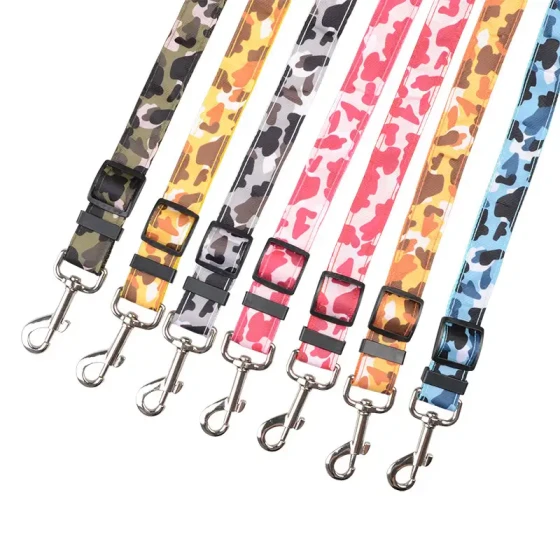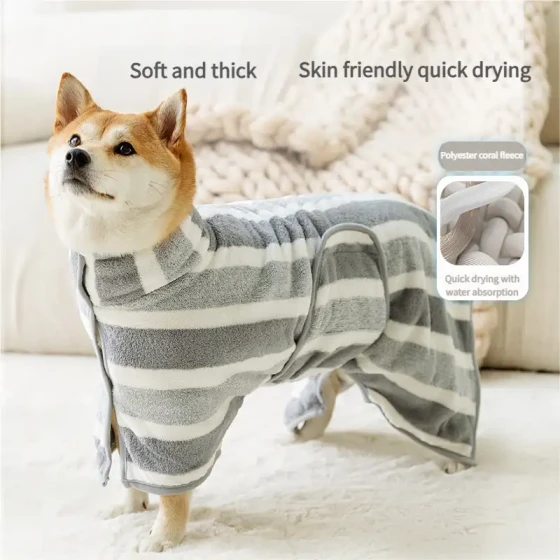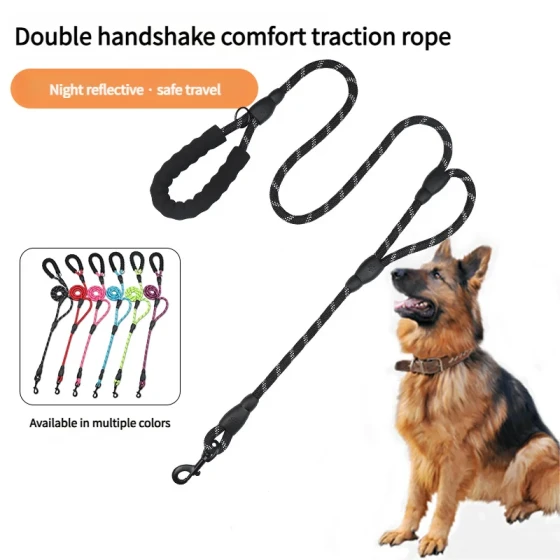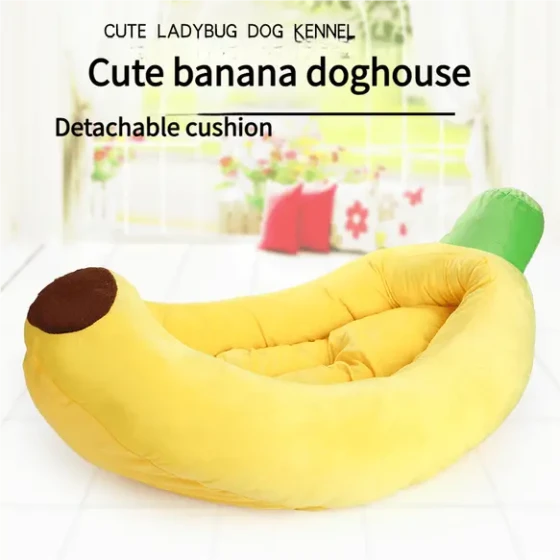How to choose a Corgi puppy? How to judge appearance?
How to choose a Corgi puppy? How to judge appearance? Corgis have been extremely popular in the past two years, especially their electric motor hips. Girls are proud to have a Corgi hip. More merchants have made Corgi butts into murals, phone cases, pendants, bags, etc., showing how trendy they are. Sounds tempting, right? If you want to raise a Corgi, how do you pick one with good appearance?
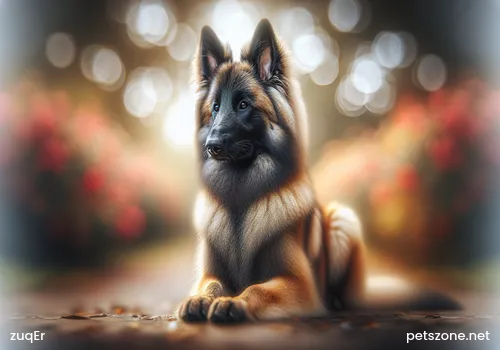
Selection Criteria
1. Check coat color
Corgi coat colors are mainly bi-color and tri-color. The back is usually a solid yellow or black, with darker colors on the back fading outwards to lighter colors or white.
Bi-color is mostly yellow and white, further divided by color depth and the main color of the head into light yellow-brown-white, yellow-white, deep yellow-white, etc.; tri-color Corgis are mostly black, yellow, and white, further divided into black-headed tri-color and yellow-headed tri-color, etc.; whether bi-color or tri-color, the color on the back must be solid without patterns (except blue merle). Blue merle (a mix of black, gray, and marble colors) with brown or spots is allowed.
Blaze (nose line): refers to the white stripe in the center of the Corgi’s head, ideally centered, straight, and moderately wide. Too wide, too narrow, or connected in the middle is not especially good.
Neck ring: the white fur around the neck is commonly called a neck ring. A good neck ring runs through the neck evenly but only distributed over the neck and shoulders. White fur on the chest extending over the shoulders is disqualified. A neck ring is optional and not very important.
White limbs: Corgi white on all four feet, the white on front legs does not pass the shoulder joint, the white on rear legs does not pass the knee joint. Rear legs with white beyond the knee are disqualified.
Overall: white is distributed on legs, chest, muzzle, underside of the body, tip of tail, and head. White on the head must not dominate nor surround the eyes.
Body mainly white is disqualified. Non-uniform or mixed colors appearing on the back, except for allowed colors yellow, sable, light yellow, black, and tan, are disqualified.Long hair, fluffy fur, cryptorchidism, or obvious white fur on ears are disqualified.However, newborn Corgis may have some gray in their puppy fur, which is normal.
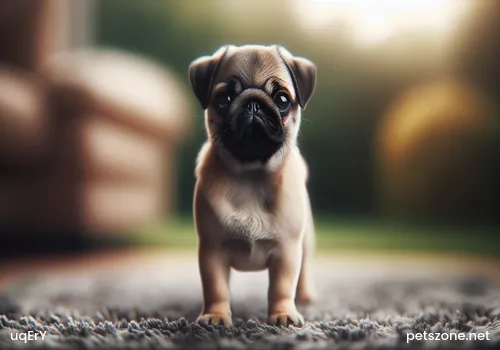
2. Check shape
Head: is elongated, long, straight and narrow, often held high, forehead slightly convex, with no bulge on the back of the head.
Eyes: oval, from medium to slightly large, not protruding, dark black eye rims, clear eye corners coordinated with coat color. Blue eyes (including partly blue eyes), or one blue eye and one dark eye, are allowed only on blue merle dogs; disqualified on other colored dogs.
Ears: gradually narrowing to rounded ear tips, very sturdy ear edges. Ears moderately wide at the base, upright ears. A straight line from the nose tip through the eyes to the ear tips forms a nearly equilateral triangle. Small ears or pointed ears are serious defects. Drooping ears are disqualified.
Nose: black or brown, except blue merle Corgis. Blue merles preferably have black noses, butterfly noses are also acceptable. Other colored Corgis must have black noses or are disqualified.
Back: fairly straight, with no obvious dips or bumps
Tail: relatively low position compared to the body. High tail position is a serious defect.
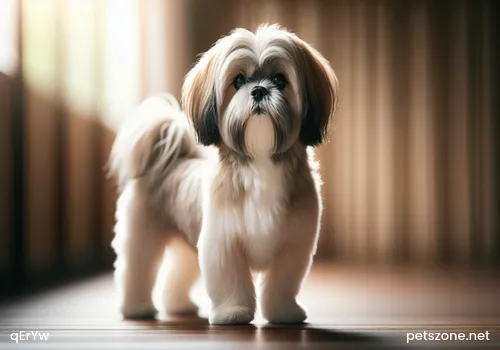
If you want to add a family member and raise a Corgi, you really don’t have to care too much about these details; the dog’s health and pleasing appearance are the most important. Trust that if you choose to raise one, it means you love it enough.
